Anthropic Unveils Claude 4: Revolutionary Breakthroughs in AI Coding and Intelligent Interaction
This article analyzes the YouTube video: Claude 4 is HERE and is taking on Cursor... (Claude Code)
Anthropic recently released its latest large language model series, including Claude 4 Sonnet and Claude Opus 4, which is hailed as the "world's best coding model." These new models show significant improvements in coding capabilities, long-term task processing, memory capabilities, and controllability. Meanwhile, Claude Code has also reached its official release, with deep integration into mainstream IDEs like VS Code and JetBrains, bringing developers a more intelligent coding experience.

Claude Opus 4 vs Sonnet 4: Performance and Application Scenarios Analysis
This section will detail the core features of Opus 4 and Sonnet 4, performance benchmark results, and their advantages in different application scenarios. Opus 4 sets a new benchmark in the coding field with its powerful comprehensive capabilities, while Sonnet 4 becomes the preferred choice for enterprise-level applications with its high cost-effectiveness and controllability.
Anthropic has launched two flagship models: Claude Opus 4 and Claude Sonnet 4. Opus 4 is positioned as a top-performance model, particularly outstanding in complex coding tasks, long-term memory, and agent tasks. Anthropic claims it as the "world's best coding model." Sonnet 4 achieves an excellent balance between performance and efficiency, with enhanced controllability, suitable for large-scale deployment and scenarios requiring rapid response.
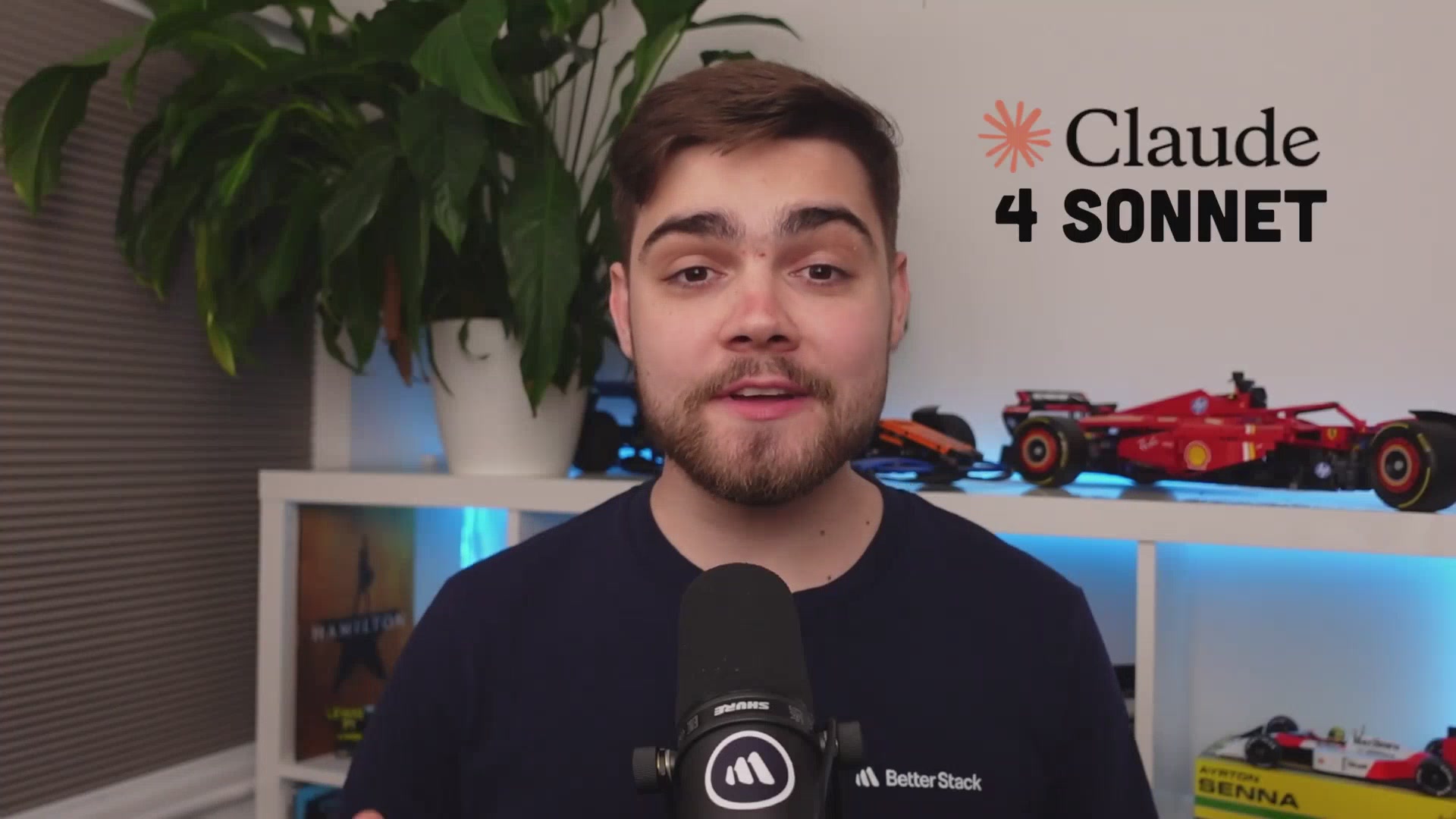
Application Prospects of Advanced AI Technology in Video & Audio Summarization
Claude 4's powerful capabilities bring revolutionary improvements to AI video and audio summarization. The enhanced memory capabilities and long-term task processing abilities of such advanced models are particularly suitable for summarizing long video content. Professional AI video and audio summarization platforms can leverage these technological advantages to provide users with more precise and intelligent summarization experiences.
If you want to learn how to use Claude technology for video summarization in practical applications, you can refer to our detailed tutorial: How to Summarize Bilibili Videos with Claude AI: A Guide to Using BibiGPT, which provides in-depth coverage of Claude 3.5 Sonnet's practical applications in video summarization.
In the video demonstration, Claude Opus 4 and Claude Sonnet 4 were compared side by side, having them each generate a Tetris game. From the interface, both models have extended thinking and web search capabilities. Sonnet 4 responds very quickly, starting code generation immediately, while Opus 4 follows after brief consideration. Eventually, both models successfully generated fully functional and beautifully designed Tetris games within about a minute, with Opus 4 completing the specific task a few seconds faster.
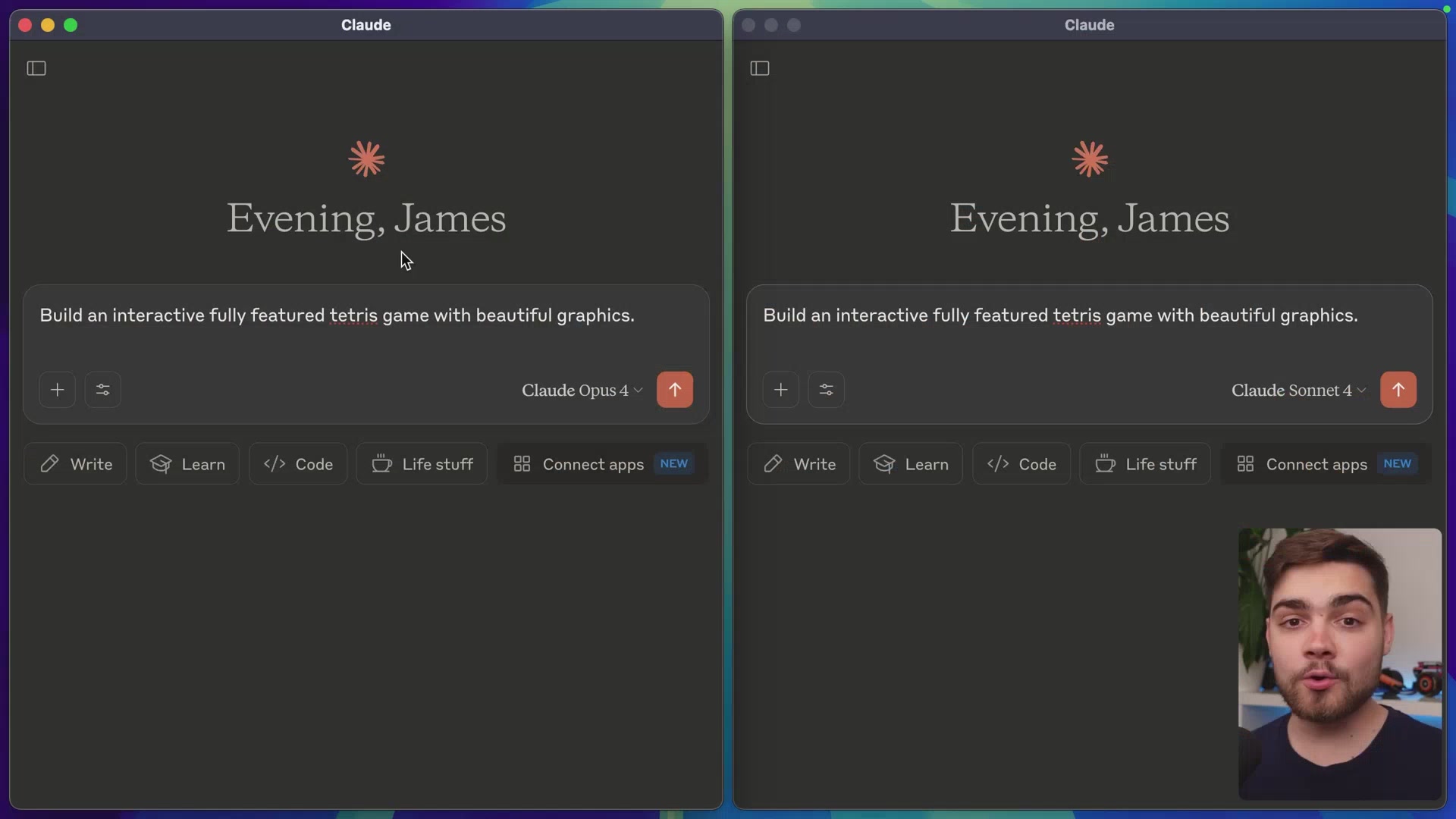
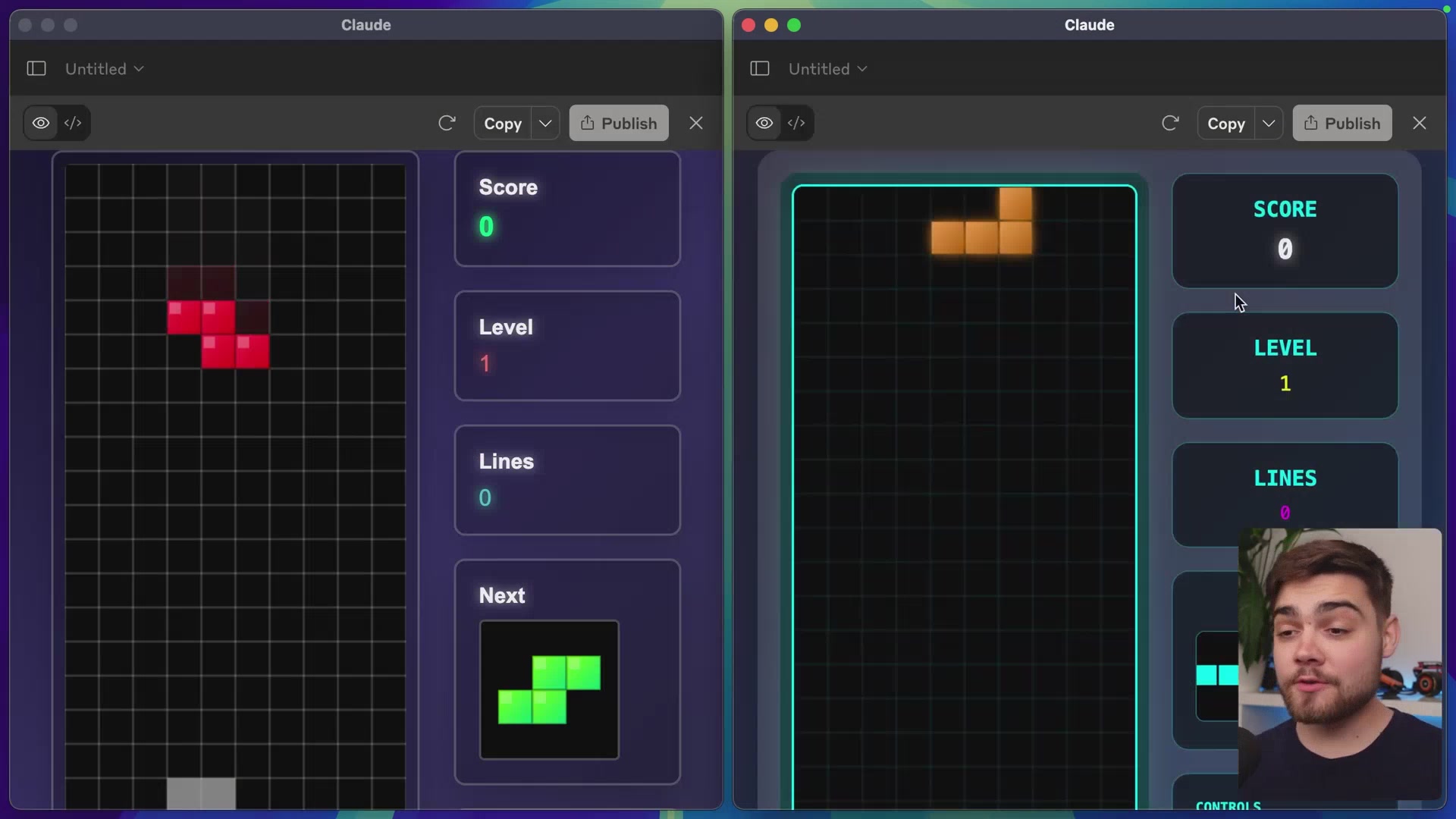
In coding capability benchmarks, according to SWE-bench data, Opus 4 achieved 72.5% accuracy while Sonnet 4 reached 72.7%, both slightly higher than other mainstream models. Interestingly, while Sonnet 4 slightly outperformed in SWE-bench, Opus 4 performed better in other coding benchmarks like Terminal-bench. When using parallel test time computation, Sonnet 4's accuracy reached an impressive 80.2%. In other benchmarks like graduate-level reasoning and high school math competitions, both new models also showed significant progress.
If you're interested in comparing the summarization capabilities of different AI models, we recommend reading: 2024-best-llm-summary-tools, which provides detailed analysis of various models' performance in audio-video summarization tasks.

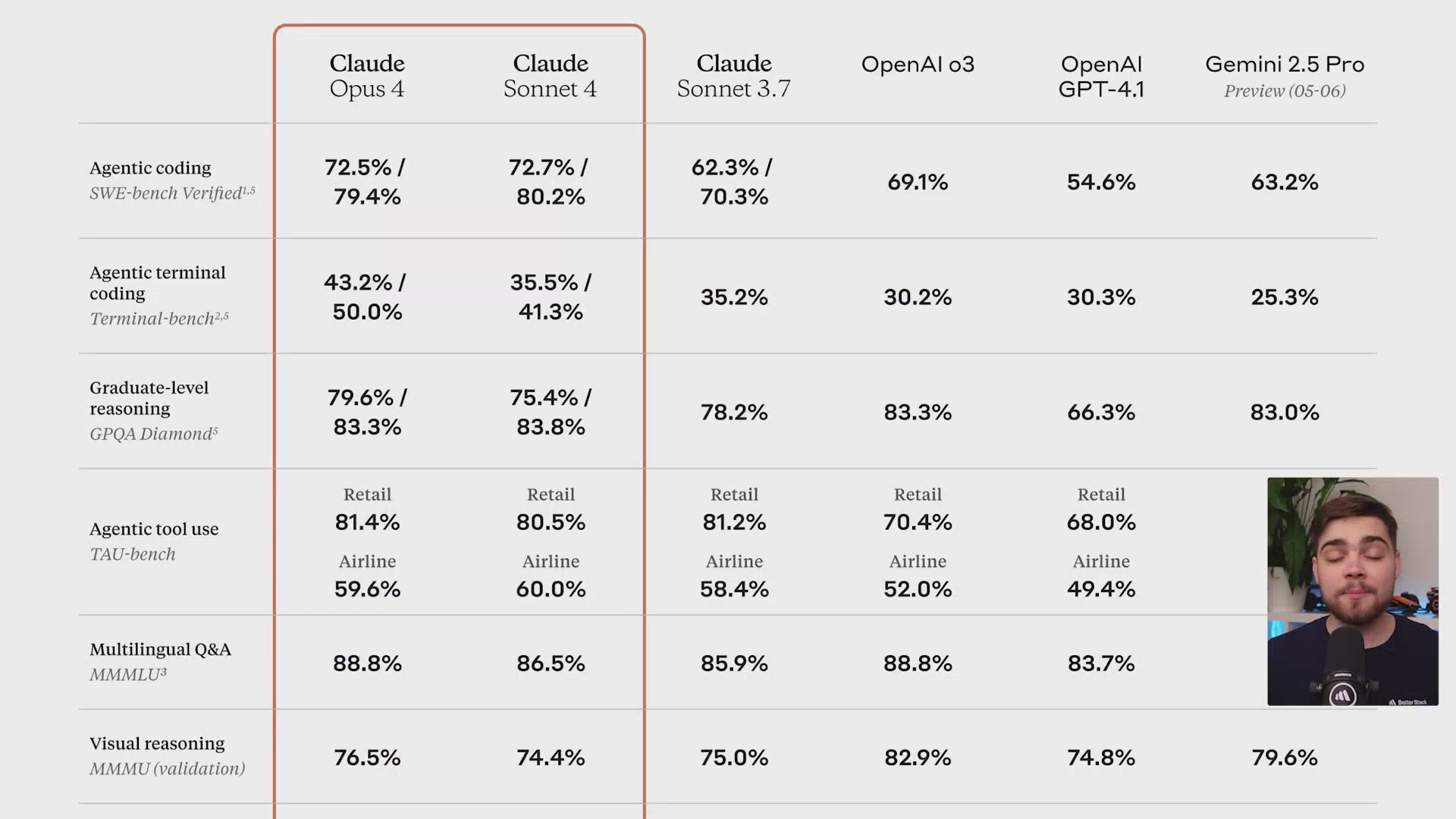
Claude Code Official Release: IDE Integration and Smart Coding Experience
The official release of Claude Code brings seamless integration with VS Code and JetBrains, allowing direct invocation through command-line tools in IDEs, improving development efficiency. Claude Code's IDE integration and SDK release greatly expand its application scope, enabling developers to more conveniently use AI to improve coding quality and efficiency.
The highly anticipated Claude Code is now officially released and can be directly integrated into mainstream integrated development environments like VS Code and JetBrains. Developers don't need to install through traditional extension stores; they just need to ensure the latest version of Claude Code is installed locally, then enter the claude command in VS Code's integrated terminal to launch it.

Through a practical case, the video demonstrated Claude Code's process of fixing bugs in a Next.js ToDo application. After copying and pasting error information into the Claude Code command line, it can quickly locate the source file, analyze the error cause, and directly display modification suggestions in VS Code's diff view. After user confirmation, the code is fixed and the application returns to normal operation. This deep integration makes code understanding, bug fixing, and code generation operations more smooth and efficient.

Claude Code's agent capabilities are also impressive. According to Anthropic, in one demonstration, Claude Code was able to work uninterrupted within VS Code for up to 90 minutes, successfully adding table functionality to the Excalidraw project. Additionally, developers can directly @Claude Code in GitHub Pull Requests, enabling it to automatically respond to review feedback, fix errors, or modify code, further improving collaboration efficiency. To help developers integrate these powerful features into their own applications, Anthropic has also released the Claude Code SDK.
Core Technology Improvements: Memory, Controllability, and Task Processing
The new generation of AI models shows significant progress in memory capabilities, task controllability, and long-term task processing, providing users with more smooth and intelligent interaction experiences. These technological improvements make Claude 4 series models more reliable and efficient when handling complex, long-term tasks, further consolidating their leading position in the AI field.
Technological Breakthroughs in AI Video & Audio Summarization
The technological improvements of advanced AI models are highly significant for the AI video and audio summarization field. Enhanced memory capabilities enable models to better understand contextual relationships in long videos, while improved controllability ensures accuracy and relevance of summarized content. These technological advantages provide a more precise and intelligent technical foundation for AI video and audio summarization services.
For specific applications in YouTube video summarization, you can refer to: How to Efficiently Summarize YouTube Videos, which explains how to use AI tools to quickly extract essential video content.
Claude Opus 4 has significantly enhanced memory capabilities, better able to create and maintain memory files, thus supporting longer-term task awareness and maintaining conversational coherence. A vivid example is the video demonstration of Opus 4 learning to play Pokemon games and being able to create and use navigation guides to assist in the gaming process.
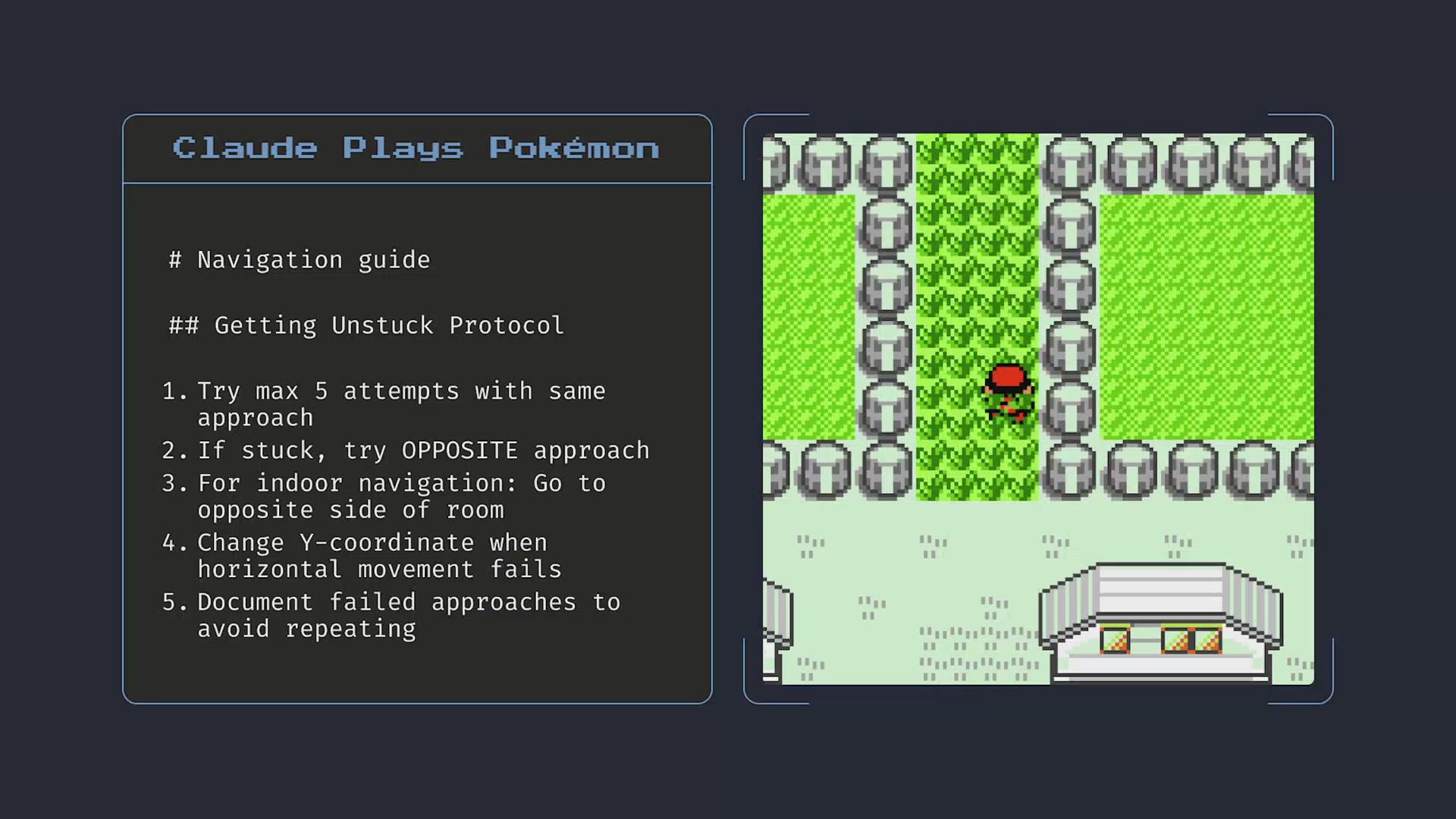
For Claude Sonnet 4, its controllability has been improved, fixing the sometimes overly "aggressive" proactive issues in the 3.7 Sonnet version, providing developers with better control over model output. Given its excellent performance in agent scenarios, GitHub has announced that Claude Sonnet 4 will serve as the foundation model for its GitHub Copilot Agent.

Both new models have also been optimized for task processing, reducing behaviors that take "shortcuts" or exploit "loopholes" when completing tasks by 65% compared to Claude 3.7 Sonnet. Meanwhile, Anthropic introduced the "Thinking Summaries" feature, which uses a smaller model to streamline the display of long task thinking processes, only needing to activate in about 5% of cases, with most thinking processes being concise enough to display directly. These models are particularly adept at handling long-running tasks, with user feedback indicating that agents can run for hours without human intervention, enabling them to deeply handle complex coding problems.

Pricing Strategy and Developer-Friendly Features
Anthropic announced pricing plans for Opus 4 and Sonnet 4, and launched some developer-friendly new features, such as longer prompt cache times and direct API connection to MCP servers. Transparent pricing and continuously optimized developer tools demonstrate Anthropic's commitment to building a powerful and user-friendly AI ecosystem.
In terms of pricing, Claude Opus 4 costs $15 per million input tokens and $75 per million output tokens. Claude Sonnet 4's price remains consistent with 3.7 Sonnet at $3 per million input tokens and $15 per million output tokens.

To help developers better control costs, Anthropic also provides a new option to extend prompt cache validity from the usual 5 minutes to 1 hour. Additionally, a noteworthy technical update is that developers can now directly connect to remote Model Context Protocol (MCP) servers through the Claude API without relying on MCP clients, simplifying the integration process.

AI Technology Development and Video & Audio Summarization Application Prospects
With the continuous development of advanced AI models, the video and audio summarization field welcomes new development opportunities. Professional AI video and audio summarization platforms have always been committed to providing users with the most advanced summarization technology and the highest quality user experience.
Why Choose Professional AI Video & Audio Summarization Services?
- Technological Advancement: Continuously following the most advanced large language model technologies
- Multi-Platform Support: Supports YouTube, Bilibili, podcasts, and various video and audio platforms
- Intelligent Understanding: Capable of deep understanding of video content, providing accurate and valuable summaries
- User Experience: Simple and intuitive interface design for one-click summary results
- Continuous Optimization: Continuously improving product features and performance based on user feedback
In summary, the release of these advanced AI models undoubtedly brings new breakthroughs to AI coding and intelligent interaction fields. Artificial intelligence is in an era of rapid development. Professional AI video and audio summarization services will continue to explore how to apply these advanced technologies to practical scenarios, creating greater value for users.
Experience Professional AI Video & Audio Summarization Services Now
Want to experience cutting-edge AI video and audio summarization technology? BibiGPT provides professional, efficient, and intelligent video and audio summarization services. Whether it's educational videos, meeting recordings, or podcast content, BibiGPT can help you quickly extract key information and improve work and learning efficiency.
Click here to experience BibiGPT now →
Join our trusted user community and let AI become your powerful assistant for efficient information acquisition!